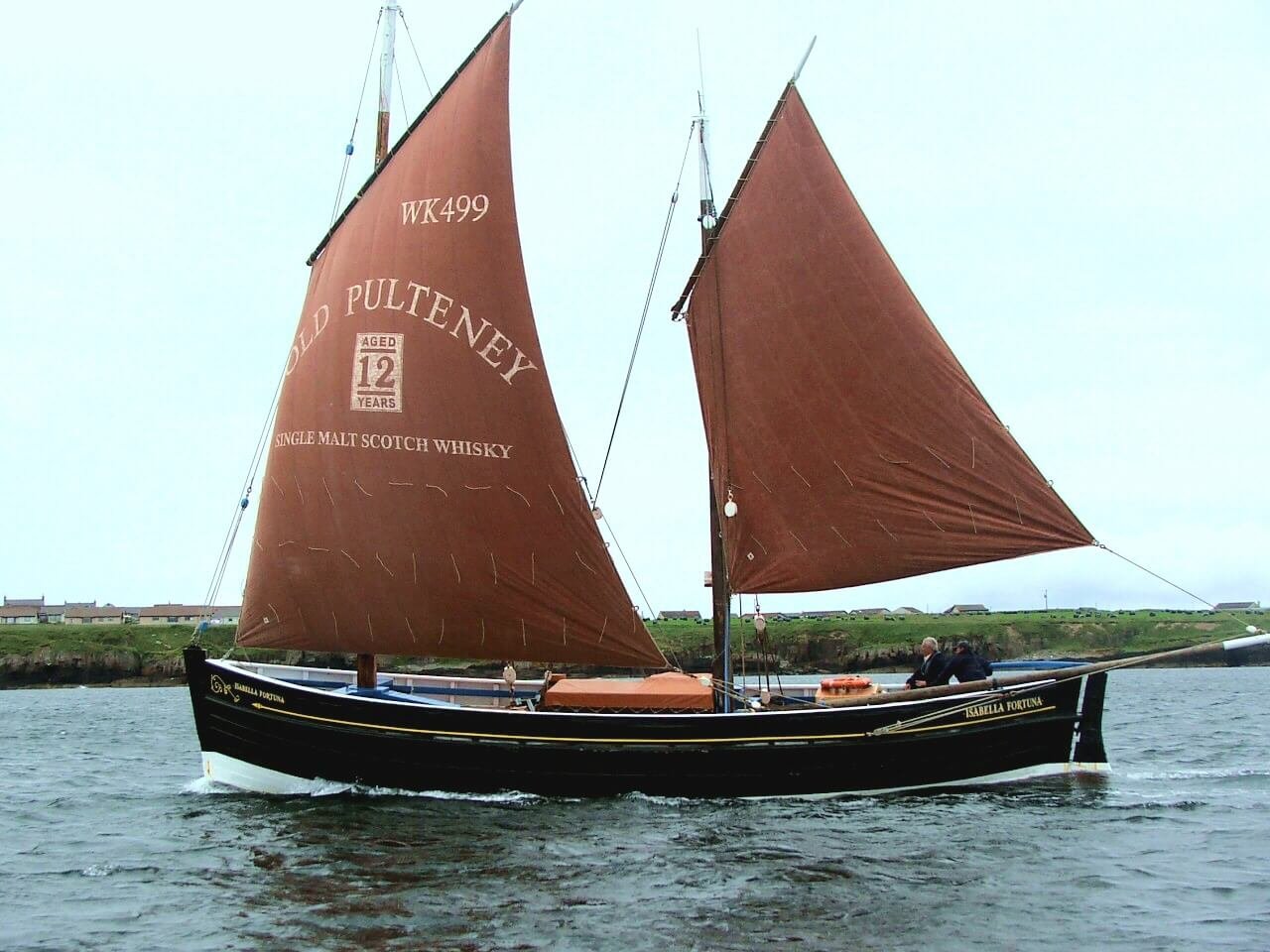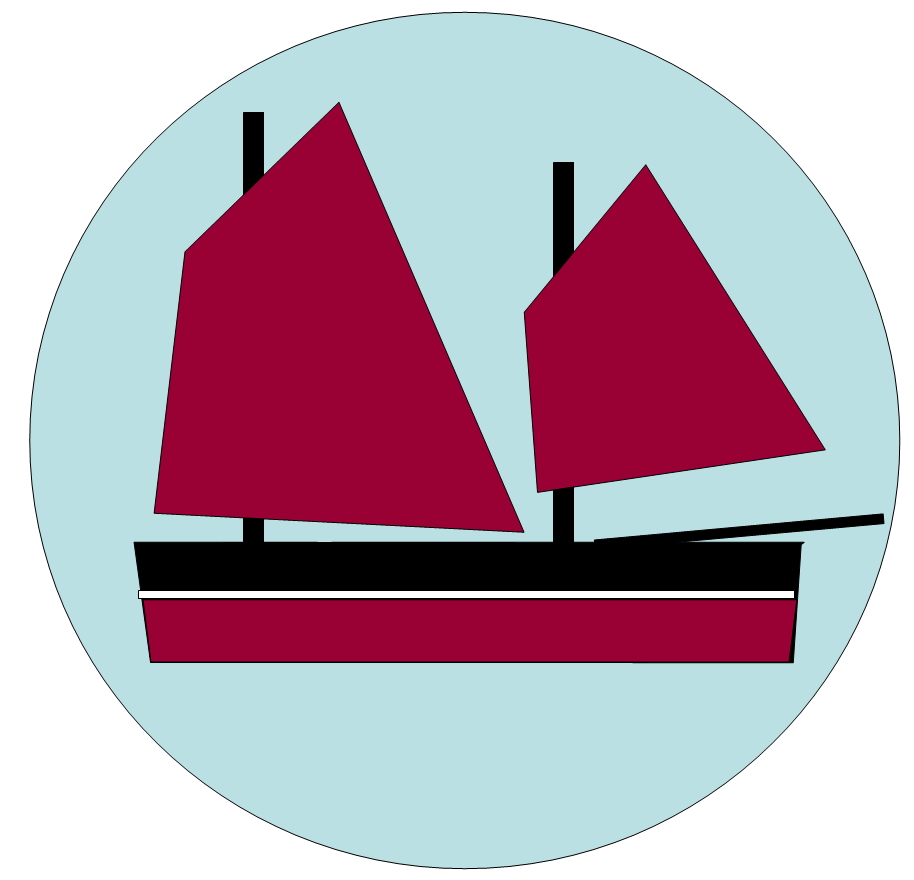-
Posts
808 -
Joined
-
Last visited
Content Type
Profiles
Forums
Gallery
Events
Posts posted by Rik Thistle
-
-
In June I watched Channel 5's (UK TV channel) programme on JMW Turner's masterpiece painting, The Fighting Temeraire. It's available on My5 catch-up till 2024.... https://www.my5.tv/great-paintings-of-the-world-with-andrew-marr/season-1/episode-3-fb5b7964-3461-4c0d-92f6-37738312b665
Turner has always been one of my favourite artists but I didn't appreciate the poignancy of the scene depicted in this particular painting. For a noobie model shipbuilder like me it brought home the significance of each and every ship build and their finite lives.
Wiki summarises the gist of the programme ... https://en.wikipedia.org/wiki/The_Fighting_Temeraire
The Fighting Temeraire, tugged to her last berth to be broken up, 1838 is an oil painting by the English artist Joseph Mallord William Turner, painted in 1838 and exhibited at the Royal Academy in 1839.[1]
The painting depicts the 98-gun HMS Temeraire, one of the last second-rate ships of the line to have played a role in the Battle of Trafalgar, being towed up the Thames by a paddle-wheel steam tug in 1838, towards its final berth in Rotherhithe to be broken up for scrap.
The painting hangs in the National Gallery, London, having been bequeathed to the nation by the artist in 1851. In a poll organised by BBC Radio 4's Today programme in 2005, it was voted the nation's favourite painting.[2] In 2020 it was included on the new 20-pound note.
It really is a great TV episode.
Regards,
Richard.
PS: Has anyone ever build a model of the scene depicted in the painting?
-
Hi all,
Work continues slowly on the Dallas.
I've been concentrating on the two masts and associated booms.
To assist with tapering masts etc I bought a Proxxon DB250 lathe (plus 3 jaw chuck, tailstock chuck and set of wood turning tools).
No major grumbles with the lathe...it's good for what it costs (£160) and does the job.
Minor grumbles are.... the tailstock has side-aways slop, unscrewing the live centre and fitting the tail chuck in it's place is time consuming and the plastic collets leave small marks on the workpiece.
Lathe overall...8.5/10 🙂
Making a new 2mm Dia length for inserting into the end of one of the booms. I accidentally broke off the existing 2mm Dia end of that boom.
Sanding...using a smooth wooden off-cut underneath to support the downforce of the sanding block.
The two masts, plus booms. Nothing stained or glued together yet. Still reading the instructions' small print for anything I've missed.
See above, my new Razor Saw, bought initially for cutting the 2mm slots, one in the end of each boom. I did a bit of practice with the saw on scrap dowel first to get a feel for it and see what kind of cut it makes. It's blade is only 0.008" thick, and it certainly does make a 0.008" cut - impressive. So I made two saw cuts in the boom end by eye, the two cuts being about 1mm apart and then tucked a piece of folded over Medium sandpaper into the slot to sand it to the correct width. I had drilled a 1mm Dia hole at the top of each slot before sawing to stop crack propagation; I also tied the largest boom with string as belt and braces.
Otherwise, I've been spending far too much time reading all sorts of stuff on this website ;-)....and also researching manufacturing techniques (...including buying 'Ship Modelling Simplified by Frank Mastini).
OK, that's all for now. See you all soon'ish,
Richard
PS: I've tried to edit/delete the 3x images below but they keep coming back after Save. Help! (Edit...sorted...made the surplus images 1 pixel x 1 pixel)
- RichardG, BobG, Louie da fly and 4 others
-
 7
7
-
Jim,
I really enjoy the atmosphere you create in your paintings. Very enjoyable.
And I agree, that side profiles of boats and ships can sometimes get a bit boring. I'd much rather see the ship(s) 'working' than posing.
And these paintings are mostly done in 2 or 3 hours. Bob Ross would be jealous 😉
All the best,
Richard
-
Hi B.E.
I had found this website a few days ago .... https://www.stbfportsoy.org/boats/

I can understand the need for the restorers to seek sponsorship, but I imagine the fishermen at the start of the last century wouldn't have had whisky ads on their sails, but you never know!
The pics on the website tend to show a browner colour (as you note) to the sails, so I ordered Rit dye for when I get round to working on the Fifie.

Your sails look great, as does the boat.
I can't really think of a proper way to 'brown' the white stitching ...but maybe a running a black or brown indelible marker pen down the stitching would somewhat push it into the background?
Regards,
Richard
PS: Does anyone know if it is possible to reduce the size of images in my posts using the supplied webpage editor? Or do I need to use PS/Paint.net etc to do that before posting?
- mugje, Martin W, Ryland Craze and 4 others
-
 7
7
-
Hi B.E.
Anstruther is a lovely little town and I've walked around the harbour many times. Little did I know that one day it would have a new interest for me. Anstruther also has a famous Fish and Chips shop, with lengthy queues during the summer, but worth the wait.
I have friends near St Andrews that I visit a few times a years and Anstruther is only a minor detour .So no excuses for me now to not have another visit to the harbour and have a look at the museum. Thanks for the heads-up.
If/when I do find anything of interest I'll post pics ect on this website.
All the best,
Richard
- Blue Ensign, BobG and chris watton
-
 3
3
-
B.E.
Thanks for a rapid response, and that information is very useful.
I'm quite impressed by the Proxxon lathe, bearing in mind it is what it is.
Only slight niggle is the tailstock base can rotate slightly on the bed (as others have mentioned) meaning the live centre (or drill) doesn't line up automatically with the centre of the collet. But I can manage that. And it's not metal we are 'machining' so the tolerances of the workpiece can be a bit slacker.
Anyway, now that I've found your Fifie build I'll be watching it with great and admiring interest 🙂
All the best,
Richard
PS: I live quite close to Scotland's East coast and am hatching a devious plan to see if I can visit relevant local museums, preservation societies, harbours etc to hunt down some Fifies. From Googling I see there are a still few about. But that will have to wait till CV Shielding is over. In a perfect world, I'd like to get some pics of one taking to sea in fairly rough (but not dangerous) weather.
- Blue Ensign and BobG
-
 2
2
-
Hi BE,
New member here.
Once I finish my Dallas Cutter I have a Vanguard Model's Fifie waiting in a box downstairs 🙂
I also received my Proxxon DB250 lathe on Saturday from Hobbies Ltd. 3 Jaw Chuck, Tailstock Chuck and Woodturning tools sourced from Amazon UK.
Dare I ask a couple of questions about your lathe set-up? Not Pros/Cons Qs but....
1) are you using woodturning tools to taper the mast, or just sandpaper?
2) do you steady the long mast 'by hand' to prevent it whipping between the collet and live centre, or do you use a Steady of some sort?
Your Fifie looks great, by the way. And the paint colours bring it all to life.
Best regards,
Richard
-
Thank you for all the kind welcoming wishes. Very glad to be here.
I have now posted a partial build log for my Dallas 1815.
Voted for 'By Era' on the database poll. And appreciate the importance of TAGS for helping in searching for topics.
I have to say the quality of craftsmanship shown in the build logs is breathtaking. Some of the 'deck' pictures feel like I could actually walk on there and operate the ship's equipment.
Anyway, give it time ;-)
Best regards,
Richard
- Ryland Craze, RichardG and mtaylor
-
 3
3
-
Thanks Edward,
And Richard...I have now posted a build log for my Dallas Cutter...you convinced me ;-)
Regards,
Richard
- Edwardkenway, mtaylor, RichardG and 1 other
-
 4
4
-
Hi everyone,
Here is my slow-time build log of the Dallas Cutter. The pictures are a bit rough and ready and were taken originally as a memory jogger for myself...little did I know.... 😉
The Dallas was started 25 years ago and I got as far as finishing the hull before the project was put into cold storage.
Here is the front cover of the box which contained all the parts, 3x very good layout drawing sheets and a (sometimes confusing) 15 page Instruction Booklet
25 yrs ago the hull starts to get the planking fitted.
Hull planking finished.
Decking started.
Hull and decking finished, mostly.
June/July 2020. Deck fittings etc installed. Some parts highlighted with 'Canadian Cedar' Danish Oil.
Railings being installed.
Note: new £15 battery powered Banggood 'Dremel' bottom right. It works OK and battery lasts a reasonable time. However the supplied brass collets don't have their holes drilled in the centre of the collet so drills cut slightly large (and vibrate). I also have an actual battery powered Dremel + extension cable, but it is a bit heavy handed for the finer work.
Almost ready for masts and rigging.
Dummy deck idea, to facilitate the assembly of mast and rigging away from the 'real' ship to prevent damage to deck fittings. I'm unsure whether I'll actually use this dummy deck...might just fit straight onto real ship....pondering.
OK, that's it for now. Any advice/comments gladly received.
All the best,
Richard
-
JeffT, RichardG,
Thanks for the kind words.
Yes Richard, I've read through your build a few times...very useful.
I'll have a think about the Dallas build log, or maybe a retrospective one since personal health issues (nothing that serious) are currently taking priority.
Best regards,
Richard
-
Wefalck,
Good reply, thanks.
The Dallas only has two masts and no sails but I see 'complexity' from a beginner's perspective.
I've already made a dummy deck with a 1:1 photocopy of the deck plan glued to it. And the two mast holes (centres measured using Vernier calipers) are drilled in the dummy deck (at the correct angle) and the masts pushed in there.
I may start doing the mast and rigging work on the dummy deck and get a 'feel' for the complexity and, if confident, then transfer it to the real deck part of the way through the exercise.
Thanks again for your input,
Best regards,
Richard
-
Hi Martin,
I had thought about it but need to build up courage!
My Dallas hull was built 25 yrs ago and there may be a couple of pics of it somewhere, so that just leaves the masts and rigging. So not much to report on.
However, I will definitely consider doing a full build log of the Fifie,, with pics etc in a couple of months time.
Best regards,
Richard
-
Hello all,
Just recently joined this excellent ModelShipWorld website and have a 'beginner's question'.
I'm about to start the masts and rigging on my Dallas 1815 Cutter (my first build) and I recall reading somewhere that it can be a good idea to make a dummy deck first.
The idea being to put the masts on the dummy deck (plank of wood) and do all the rigging etc on it, and then transfer the lot to the real deck. That would prevent accidental damage to fittings etc on the real deck whilst I fumbled about with rigging.
Or should I just 'get on with it' and put the masts straight into the real deck and do the rigging there?
Any thoughts?
Regards and thanks,
Richard
-
Hello all,
What a great website. Been reading it for a few weeks - so much to absorb 🙂
I'm halfway through building my first ship (Artesani Latina Dallas 1815 Cutter), and about to commence the masts and rigging...gulp!
I actually started the Dallas about 25 yrs ago but a job change etc got in the way so the mostly completed hull + box of parts was tucked away in a safe corner of my attic for a rainy day.
With the current quarantine/shielding situation the rainy day has arrived, and I restarted working on the Dallas a few weeks ago and found I really enjoyed it. So much so that I ordered Vanguard Models Fifie for my next project, and it arrived this morning.
My background is design engineering and business development.
Anyway, I thought I said 'hello', and congratulate the admin and members on one of the best hobbyist sites I've ever seen.
All the best,
Richard
- Ryland Craze, JeffT, BETAQDAVE and 4 others
-
 7
7


.thumb.jpg.ce3ab28457d97710d7a1bb7de24e0b81.jpg)
.thumb.jpg.26b25523a8b03ce5831639f14738973e.jpg)
.thumb.jpg.b29f5f66e8d6e2e9feb25234b2a7817b.jpg)
.thumb.jpg.236fae17f3b157466ddf1d905a39a256.jpg)
.thumb.jpg.c38eb49f5e02d8a8ebd4e15b57206aaa.jpg)
.thumb.jpg.0463118520d883f14a2b227b8f2e216e.jpg)
.thumb.jpg.90b346f50510def132c69f23218e2502.jpg)
.thumb.jpg.3bebee715d24d486d704625491da80e7.jpg)
.thumb.jpg.c0b557ddc55558c06c7a6c80040c9107.jpg)
.thumb.jpg.9a8eff5b80c5293ddfe5cac6701f0a60.jpg)
.thumb.jpg.11a9cb2baf52b964ff888ef3b3b2b03a.jpg)
.thumb.jpg.24e2e4dcf918c01645a2e3a83ac47b8d.jpg)
.thumb.jpg.fdb41dcc5f756020e3b0b4b6496a9edc.jpg)
.thumb.jpg.fb2b60ed5698f60a09dc3360b3774276.jpg)
.thumb.jpg.a8eac99c221ed4fd083879f7b12bc5ce.jpg)
.thumb.jpg.545d8ba3b776b7cffdc9fc4404487525.jpg)
The Fighting Temeraire, by JMW Turner Channel 5 TV programme
in Nautical/Naval History
Posted
Louie, Talos,
You've got me thinking now.
I've had 3x Turner prints (IIRC, bought from Edinburgh galleries) hanging in my living room for donkey's years. But now I realise I need another one in my new 'shipyard' (former study).
The National Gallery has a good description of the painting's story .... https://www.nationalgallery.org.uk/paintings/joseph-mallord-william-turner-the-fighting-temeraire
...and also sells prints. I believe the original painting was 48" x 36".
OK, now to decide on the size of Temeraire print, a suitable frame and where in the shipyard I can hang it.
I find it a very relaxing painting, if a bit sad.
regards,
Richard